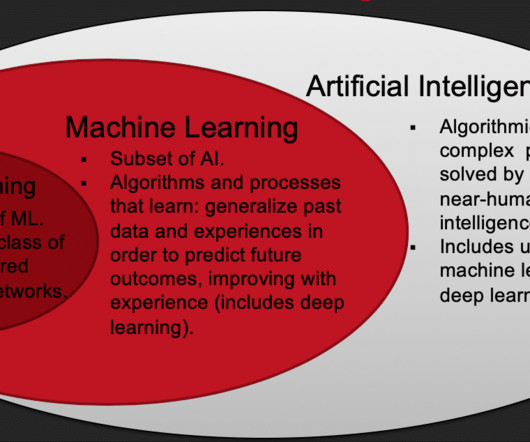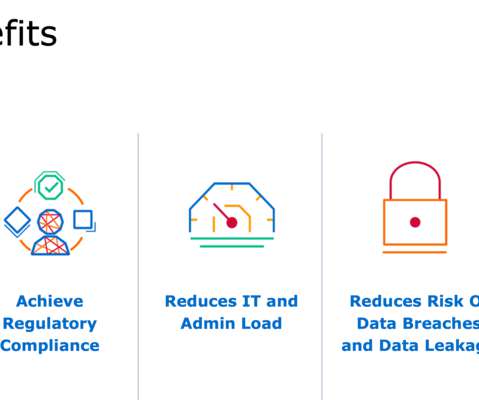Is Artificial Intelligence Making People More Secure? Or Less?
Security Boulevard
JULY 20, 2023
The benefits of AI in cybersecurity Artificial intelligence and machine learning (AI/ML) can boost the speed and effectiveness of cybersecurity. View our on-demand webinar, " Protect Your Customers Against Identity Fraud ," to learn about the use of AI to defend against AI-powered threats, or visit the Autonomous Access page.

















Let's personalize your content